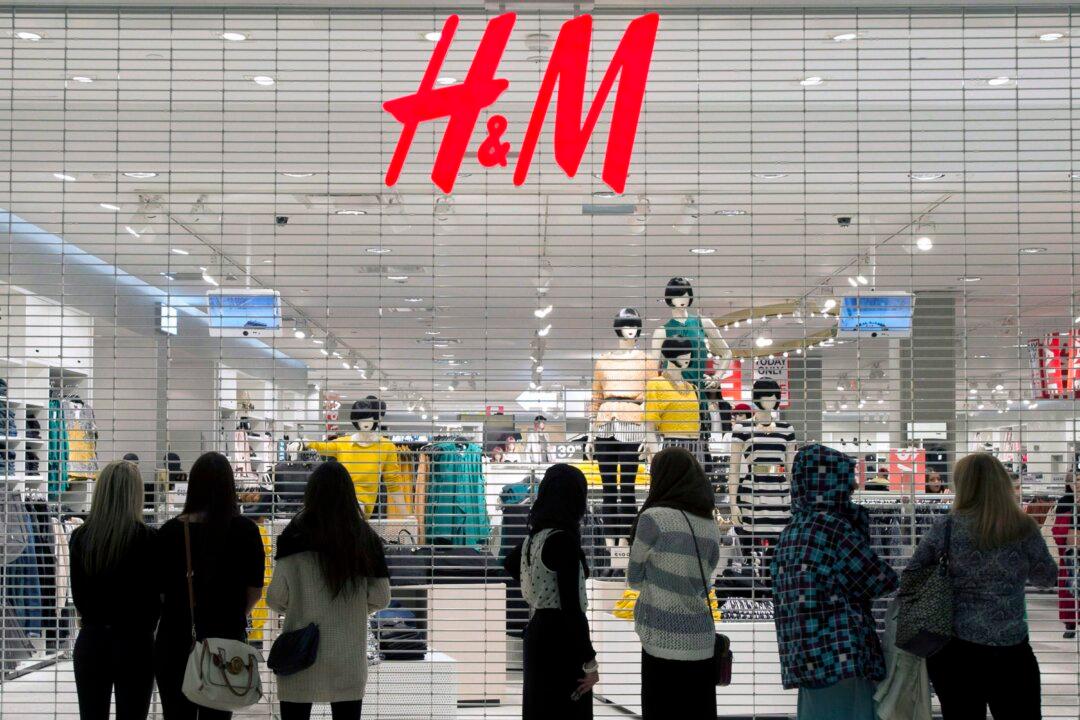NEWS ANALYSIS
A robust economy and stock market are invigorating consumers’ wallets. Supported by an even stronger economy south of the border, retail in Canada has maintained its uptrend while digesting disruptive technological change.“Retail has never been in trouble in the last few years,” said business expert Mark Satov, founder of Satov Consultants, in an interview. Retail’s black eyes mainly stemmed from brick and mortar—most notably in the United States—that needed to go through a cleansing of sorts due to overbuilding.





